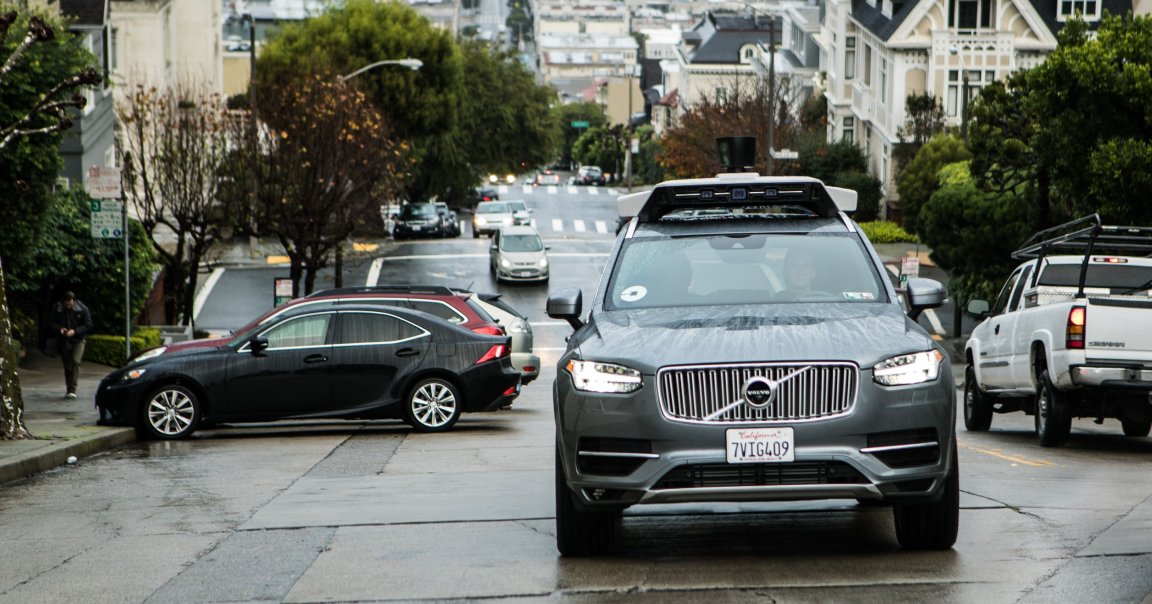
Reliable Transportation, Everywhere for Everyone
With the considerably successful run of its self-driving taxis in Pittsburgh last September, Uber began preparing to make its autonomous service available in its hometown of San Francisco. After lots of preparation and hype, the ride-hailing company was finally able to launch the service last Tuesday, making San Francisco the second city in the world where Uber offers autonomous cars for public transportation.
Uber wanted to test just how well their autonomous vehicles could handle roads different from those in Pittsburgh. “We drove in the rain and other kinds of weather, and we’ve added lane-changing capabilities since we started in September,” said Anthony Levandowski, Uber’s VP of self-driving technology. “Now we want to see how we operate in this new environment, especially with the giant hills that San Francisco has to offer.” It was also the launch the XC90, Volvo’s lidar-equipped self-driving SUV.

Uber’s Regulatory Hassles
Unfortunately, the success was short lived.
The next day, California government officials at the Department of Motor Vehicles (DMV) put the brakes on the project, saying Uber didn’t have the necessary permits to test its autonomous vehicle service.
“It is illegal for the company to operate its self-driving vehicles on public roads until it receives an autonomous vehicle testing permit,” writes Brian G. Soublet, deputy director of the DMV in California, in a letter to Uber. “Any action by Uber to continue the operation of vehicles equipped with autonomous technology on public streets in California must cease until Uber complies.”
Uber believes it didn’t violate any rules. “[T]he rules apply to cars that can drive without someone controlling or monitoring them,” writes Levandowski. “For us, it’s still early days and our cars are not yet ready to drive without a person monitoring them.”
This all comes after one of Uber’s Volvo XC90s ran a red light shortly after the service was implemented in San Francisco, and was caught on camera. The episode raised questions about the safety of Uber’s self-driving technology.
“This incident was due to human error,” Uber said in a statement. “This vehicle was not part of the pilot and was not carrying customers. The driver involved has been suspended while we continue to investigate.”